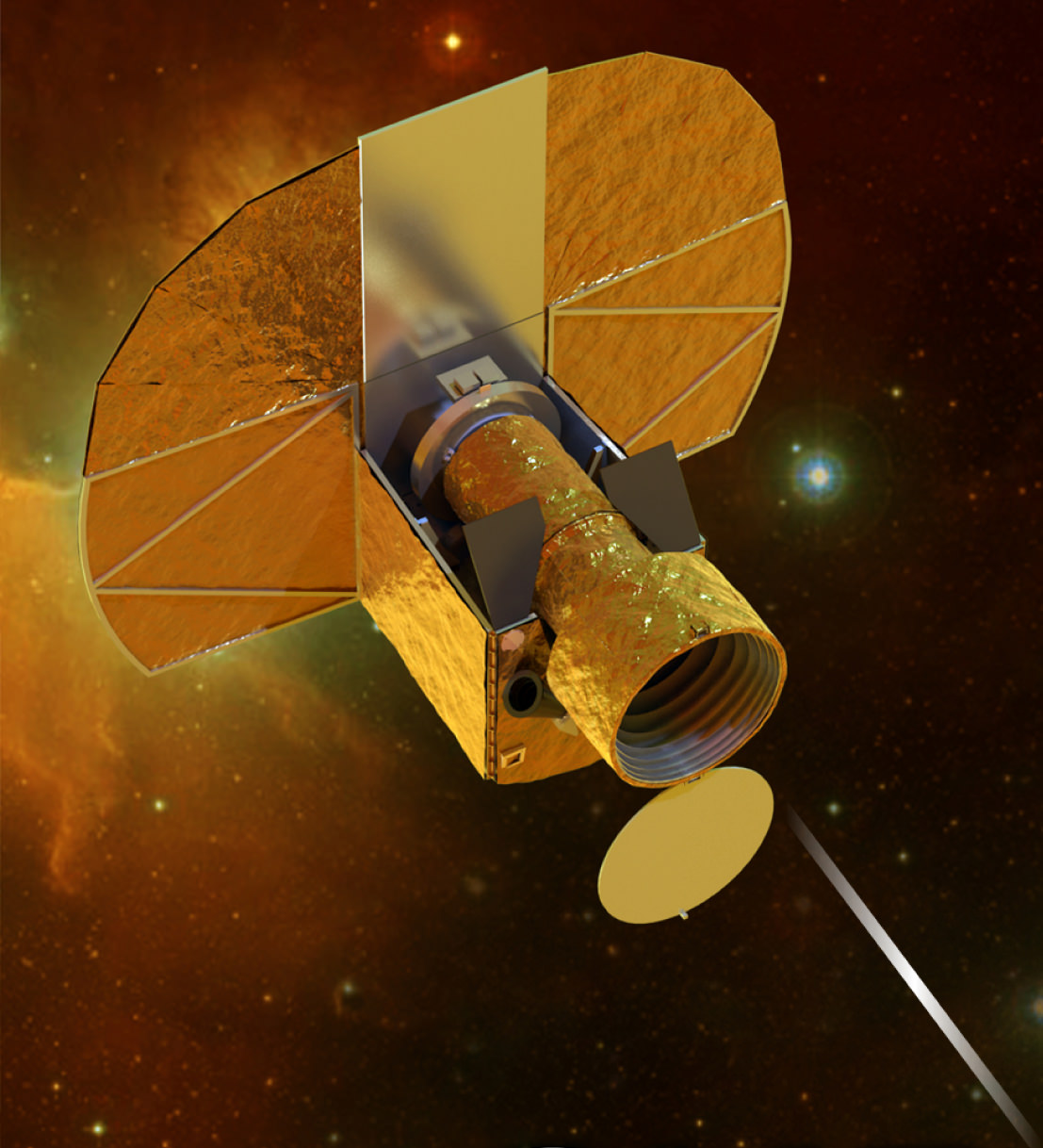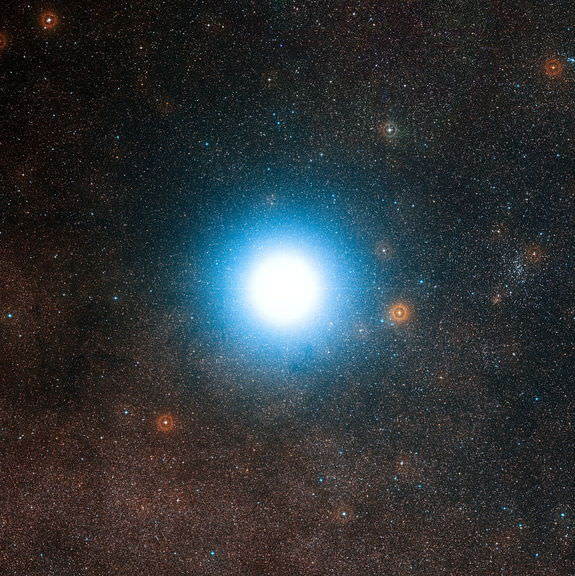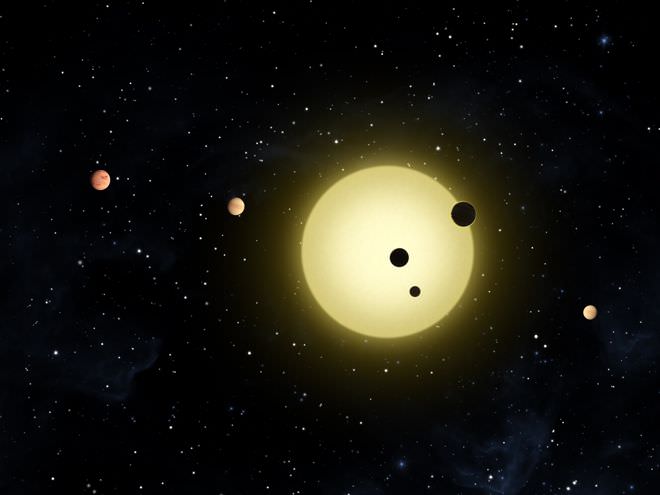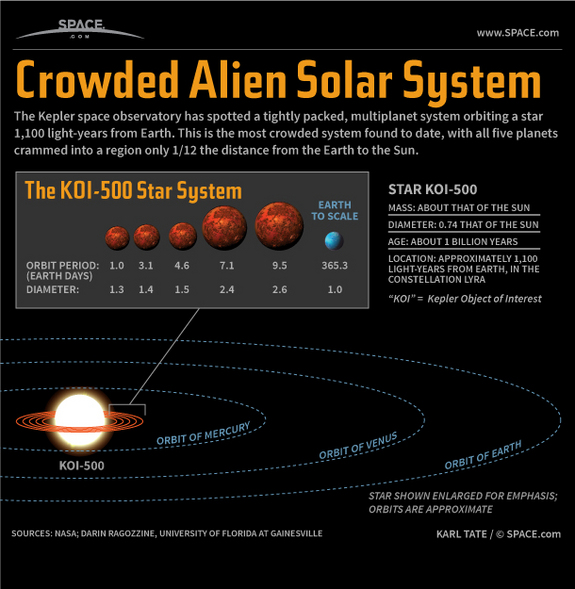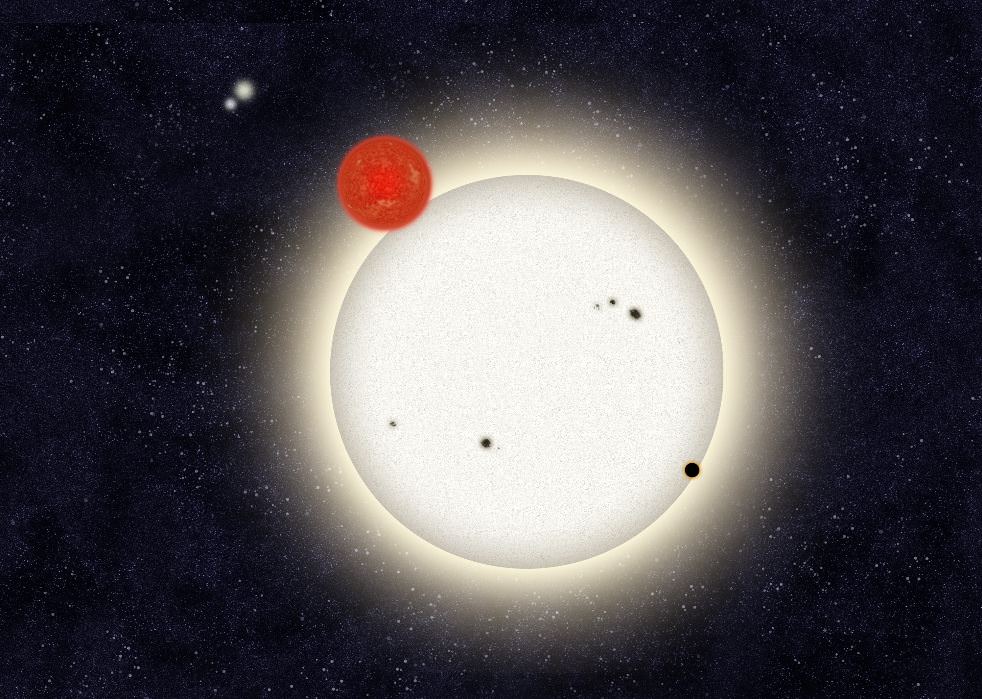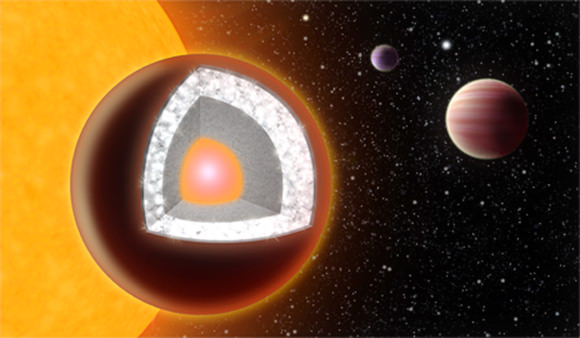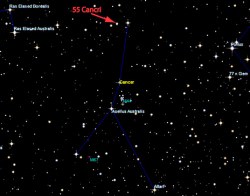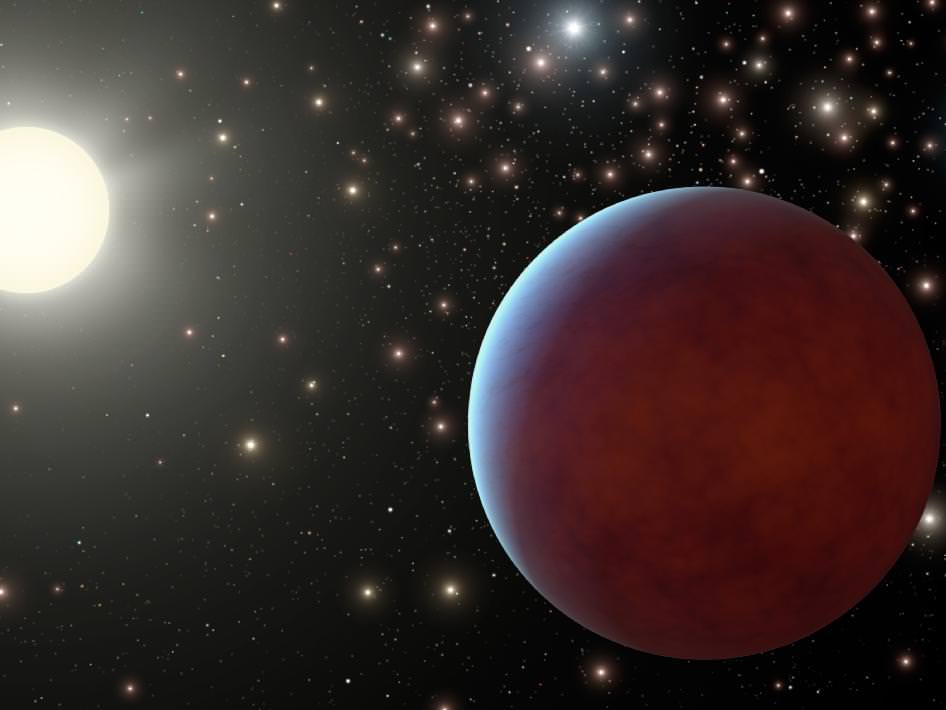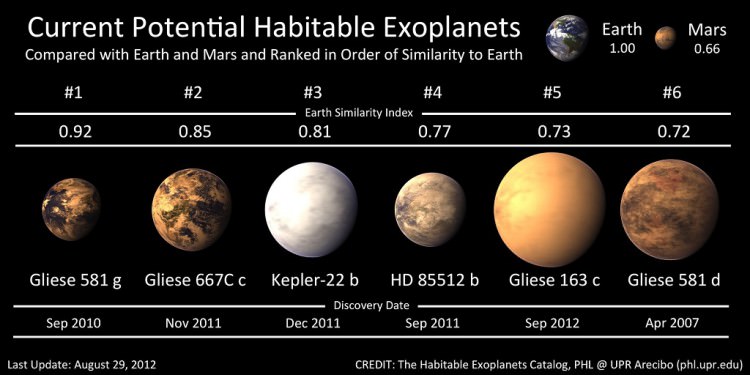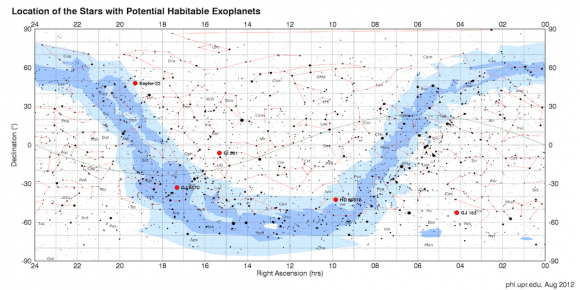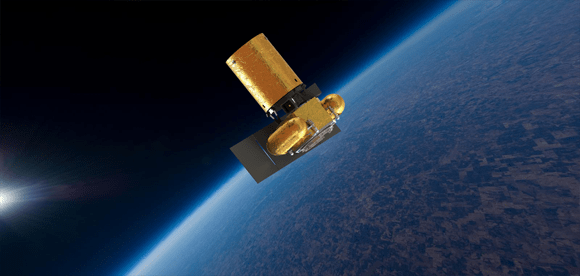Caption: Artist impression of Cheops. Credit: University of Bern
Big isn’t always better. This is certainly true at ESA’s new Science Programme. They are looking to low cost, small scale missions that can be rapidly developed, in order to offer greater flexibility in response to new ideas from the scientific community, to complement the broader Medium- and Large-class missions. Back in March ESA called for ideas for dedicated, quick-turnaround missions focusing on key issues in space science. From 26 proposals submitted, ESA has now approved a new mission to be launched in 2017. Though small in scale this mission is big on ambition: to search for nearby habitable planets.
Cheops stands for CHaracterising ExOPlanets Satellite. It has a planned mission lifetime of 3.5 years during which it will operate in a Sun-synchronous low-Earth orbit at an altitude of 800 km, free from distortion by Earth’s atmosphere. It will target nearby, bright stars already known to have planets orbiting around them.
By high-precision monitoring of the star’s brightness, Cheops will search for signs of a ‘transit’ as a planet passes across the star’s face, it will also be able to look for smaller planets, impossible to see using ground based telescopes, around those stars.
While NASA’s Kepler mission has confirmed 77 planets so far, with another 2,321 candidate planets, not one is close enough to Earth to be analysed in detail. Cheops on the other hand, will be able to take accurate measurements of the radius of the planet. For those planets with a known mass, this will reveal the planet’s density and provide an indication of the internal structure. It will help scientists understand the formation of planets from ‘super-Earths’, a few times the mass of the Earth, up to Neptune-sized worlds. It will also identify planets with significant atmospheres which can then be analysed for signs of life by ground-based telescopes, and the next generation of space telescopes now being built, such as the ground-based European Extremely Large Telescope and the NASA/ESA/CSA James Webb Space Telescope.
“By concentrating on specific known exoplanet host stars, Cheops will enable scientists to conduct comparative studies of planets down to the mass of Earth with a precision that simply cannot be achieved from the ground,” said Professor Alvaro Giménez-Cañete, ESA Director of Science and Robotic Exploration.
The plan is for Cheops to be the first of a series of similar small missions, that can be rapidly developed at low cost to investigate new scientific ideas quickly. Cheops will be developed as a partnership between ESA and Switzerland, with a number of other ESA Member States delivering substantial contributions.
Find out more about Cheops here

